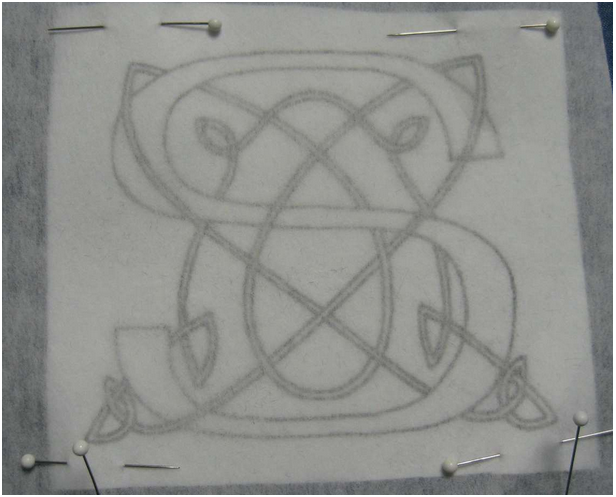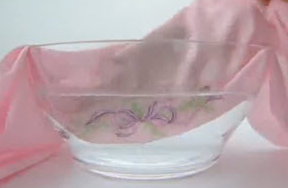The correct backing will help you on your way to a high quality finished embroidered product. There are a variety of backings that are appropriate for different fabrics and different sew outs. It can be daunting knowing which backing is right for which job. In this article we help you to make the right choice when it comes to the backing, or stabilizers, you can use.
Firstly, when determining which backing you are going to use for your project, consider the requirements of that particular job. Will you need a backing that can be torn away when you’re finished with the design? Are the fabrics that you’re embroidering slightly sheer and require a backing that will not stand out? Maybe your Digitizing Embroidery is going on an item such as a towel which can absorb stitches. Once you have determined your criteria, then you can determine which category, weight and size of backing is perfect for your project.
Let’s take a look at some of the different types of backing. Most fall into one of several broad categories.
Tearaway
Tearaway is arguably the most popular backing choice amongst embroiderers. It allows for jobs to be completed quicker as it can be torn away from the garment. This type of backing further eliminates any tedious cutting around the design with scissors.
Cutaway
This type of backing is most regularly used when an embroiderer is working with a stretchy or light fabric. It is sturdier and offers more stability for lighter weight fabrics. Once the design is finished the cutaway backing has to be trimmed with scissors.
Adhesive/Press and Tear/Peel and Stick
Adhesive backing boasts a pressure sensitive coating and a release liner. One you have sewn your design the backing can easily be torn away. This type of backing is perfect for using with hard to hoop items.
Hat/Cap Backing
Most of these types of backings are tearaways, usually used to improve the crispness of columns and lettering.
Fusibles
This type of backing can be affixed to a garment with a hand iron. The main use for it is to stabilize extremely hard to hoop or stretchy materials.
Poly Mesh
This type of backing is great for lightweight knits as well as sheer fabrics. It is soft and lightweight and can be used for jobs where minimizing stabilizer show through is a concern.
Water soluble topping or backing is used with textured fabrics such as fleece or terry cloth. It prevents stitches from sinking into these types of materials. It is also water soluble and will dissolve when placed in water which means that excess topping is very easy to remove.


